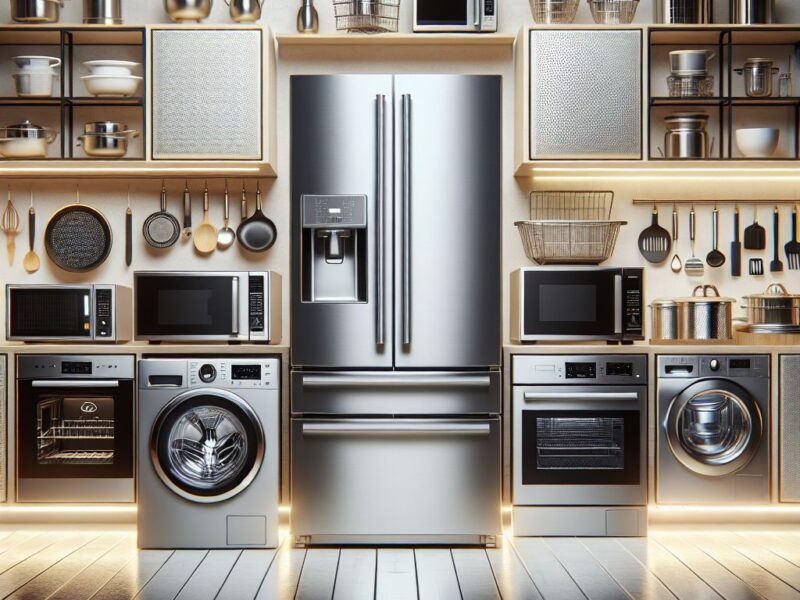Introduction
Indoor air quality is a crucial aspect of maintaining a healthy living environment. As an enthusiast and advisor in the purifier/humidifier niche, I understand the significance of clean and fresh air. In this article, I will share my expertise and provide helpful suggestions on selecting the right air purifier to enhance indoor air quality and create a healthier home.
Outline:
- Introduction
- Understanding Indoor Air Pollution
- The Benefits of Air Purifiers
- Types of Air Purifiers
- High-Efficiency Particulate Air (HEPA) Filters
- Activated Carbon Filters
- UV-C Light Purifiers
- Ionic Air Purifiers
- Factors to Consider When Choosing an Air Purifier
- Room Size and Coverage
- Clean Air Delivery Rate (CADR)
- Noise Level
- Energy Efficiency
- Filter Replacement and Maintenance
- Selecting the Right Air Purifier for Allergies
- Air Purifiers for Smoke and Odor Removal
- Air Purifiers for Pet Owners
- Air Purifiers for Improved Sleep and Relaxation
- Conclusion
Understanding Indoor Air Pollution
Indoor air pollution is a pressing issue that affects our health and well-being. Everyday activities like cooking, cleaning, and even using common household products can release pollutants into the air we breathe. Dust mites, pet dander, pollen, mold spores, and volatile organic compounds (VOCs) are common indoor pollutants that can lead to respiratory problems, allergies, and other health issues.
The Benefits of Air Purifiers
Air purifiers are devices designed to remove pollutants from the air, improving indoor air quality. Let’s explore some of the key benefits they offer:
1. Removing Allergens and Dust
Air purifiers equipped with High-Efficiency Particulate Air (HEPA) filters are highly effective in capturing allergens and dust particles as small as 0.3 microns. These filters can trap common allergens like pollen, pet dander, dust mites, and mold spores, providing relief for allergy sufferers.
2. Eliminating Odors and Volatile Organic Compounds (VOCs)
Air purifiers with activated carbon filters excel at removing odors and volatile organic compounds (VOCs). These filters absorb and neutralize unpleasant smells from cooking, pets, or chemicals, making the air fresher and more enjoyable to breathe.
3. Reducing Airborne Germs and Bacteria
Certain air purifiers utilize UV-C light technology or ionic purification to reduce airborne germs and bacteria. UV-C light can destroy the DNA structure of microorganisms, while ionic purifiers release negatively charged ions that bind to airborne particles, causing them to settle on surfaces.
Types of Air Purifiers
Various types of air purifiers are available in the market, each utilizing different technologies to clean the air. Let’s explore some of the most common types:
1. High-Efficiency Particulate Air (HEPA) Filters
HEPA filters are considered the gold standard in air purification. These filters can capture particles as small as 0.3 microns with an efficiency of 99.97%. HEPA filters are highly effective in removing allergens, dust, and other airborne particles from the air.
2. Activated Carbon Filters
Activated carbon filters are excellent at removing odors, VOCs, and chemicals from the air. These filters contain a porous carbon material that adsorbs and traps the pollutants, leaving the air smelling fresh and clean.
3. UV-C Light Purifiers
UV-C light purifiers use ultraviolet light to destroy the DNA structure of bacteria, viruses, and other microorganisms. These purifiers are particularly beneficial for reducing the spread of airborne germs and creating a healthier environment.
4. Ionic Air Purifiers
Ionic air purifiers release negative ions into the air, which attach to airborne particles, causing them to become too heavy to remain airborne. These particles then settle on surfaces, effectively reducing their presence in the air.

Factors to Consider When Choosing an Air Purifier
Selecting the right air purifier for your specific needs requires careful consideration of several factors:
1. Room Size and Coverage
When choosing an air purifier, consider the size of the room you intend to use it in. Different models have varying coverage capacities, so it’s essential to select one that can effectively clean the air in your specific space.
2. Clean Air Delivery Rate (CADR)
The Clean Air Delivery Rate (CADR) indicates how quickly an air purifier can remove particles of a specific size from the air. Look for a higher CADR rating, as it signifies a faster and more efficient purification process.
3. Noise Level
Consider the noise level of the air purifier, especially if you plan to use it in a bedroom or other quiet spaces. Look for models with a low noise output, ensuring that it doesn’t disrupt your sleep or daily activities.
4. Energy Efficiency
Its better to opt for an energy-efficient air purifier to minimize electricity consumption. Look for models with the ENERGY STAR label, as they meet strict energy efficiency guidelines without compromising performance.
5. Filter Replacement and Maintenance
Check the availability and cost of replacement filters for the air purifier you choose. Regular filter replacements are crucial to maintain optimal performance. Consider models with easy-to-replace filters and clear maintenance instructions.
Selecting the Right Air Purifier for Allergies
If you suffer from allergies, it’s essential to select an air purifier specifically designed to address allergens. Look for an air purifier with a HEPA filter, as it can effectively capture allergens like pollen, pet dander, and dust mites. Additionally, consider models with activated carbon filters to eliminate odors and VOCs that can trigger allergic reactions.
Air Purifiers for Smoke and Odor Removal
If you live in an area prone to smoke or struggle with persistent odors, such as cooking smells or pet odors, an air purifier with activated carbon filters is highly recommended. These filters excel at absorbing and neutralizing smoke particles and odorous compounds, leaving your home smelling fresh and clean.
Air Purifiers for Pet Owners
Pet owners often face challenges with pet dander and odors. To address these issues, choose an air purifier with a HEPA filter to capture pet dander effectively. Additionally, activated carbon filters will help eliminate pet-related odors, creating a more pleasant and welcoming environment for both you and your furry friend.
Air Purifiers for Improved Sleep and Relaxation
For improved sleep and relaxation, consider air purifiers with low noise levels and night mode features. These purifiers operate quietly and emit soft ambient lighting, creating a peaceful environment conducive to restful sleep and relaxation.
Conclusion
Investing in an air purifier is a wise decision to improve indoor air quality and create a healthier home environment. By understanding the types of air purifiers available, considering factors like room size, CADR, noise level, energy efficiency, and filter maintenance, you can select the right air purifier for your specific needs. Whether you’re looking to alleviate allergies, remove smoke and odors, address pet-related concerns, or enhance your sleep and relaxation, there is an air purifier that can help you achieve your goals.


One thought on “Air Purifiers – Enhancing Indoor Air Quality for a Healthier Home”